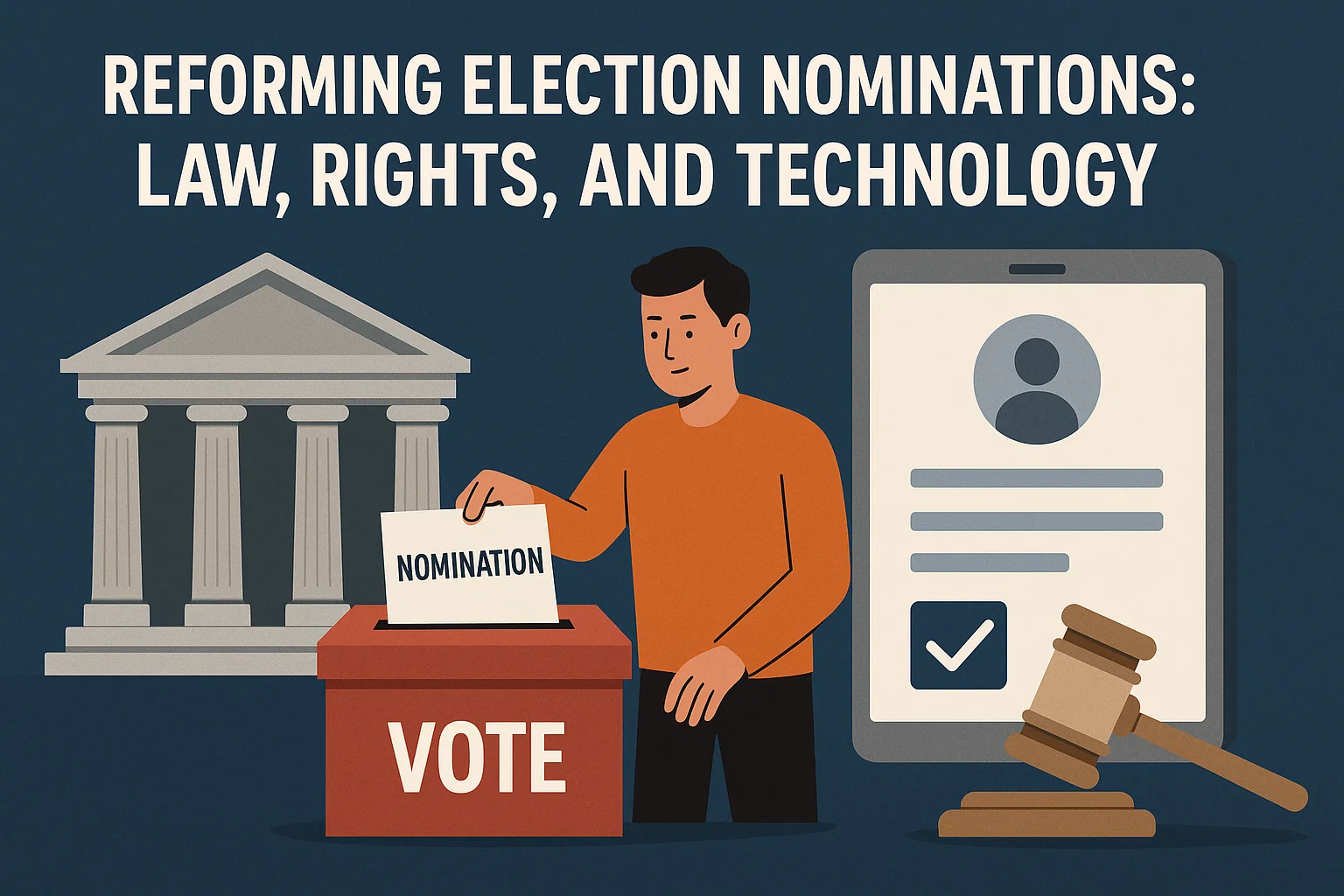Font size:
Print
Mainstreaming Ecosystem-Based Adaptation (EbA) in India
Context:
EbA, a nature-based solutions (NbS) approach, integrates biodiversity and ecosystem services into climate adaptation strategies. It is cost-effective compared to engineering solutions and aligns with sustainable development, human well-being, and biodiversity conservation. Despite global momentum, EbA adoption in India remains slow.
EbA’s Relevance for India
- Diverse Climate Challenges: India’s 15 agroclimatic zones face extreme weather events, including droughts, floods, and cyclones, exacerbated by rising temperatures and rainfall variability.
- High Vulnerability: 80% of India’s population resides in climate-vulnerable districts, intensifying climate-related socio-economic risks.
- Funding Constraints: Adaptation financing is inadequate; six states require INR 444.7 billion (US$5.5 billion) from 2021 to 2030, making cost-effective solutions like EbA crucial.
- Alignment with National Goals: India’s development-centric approach to adaptation aligns with EbA’s multi-benefit, cost-efficient strategies, leveraging indigenous knowledge and local engagement.
Current EbA Initiatives in India
- Government-Led Efforts: Programmes like Jal Shakti Abhiyan, Atal Bhujal Yojana, and coastal ecosystem projects incorporate NbS principles.
- Policy Recognition: The 2023 Himalayan Resilience Enabling Action Programme (HI-REAP) officially acknowledged EbA’s role.
- NGO Contributions: Projects like the Watershed Organisation Trust and Gujarat’s Biodiversity and Ecosystem-based Climate Change Adaptation Programme demonstrate EbA’s socio-economic benefits.
- Financial Barriers: Limited direct financing and small-scale implementation hinder EbA’s expansion.
Key Challenges to EbA Scaling
- Lack of Standardised Data & Monitoring Frameworks
- Multi-Sectoral Data Needs: EbA requires socio-economic, biophysical, and long-term environmental data for effective assessment.
- Absence of Monitoring Mechanisms: India lacks standardised MEL (Monitoring, Evaluation, and Learning) frameworks to track EbA’s effectiveness and prevent maladaptation.
- Biodiversity & Social Equity Considerations: Climate adaptation must incorporate biodiversity conservation and social impact, including gender and caste-based vulnerabilities.
- Data Accessibility Issues: A centralised, vetted data repository would enhance investor confidence and facilitate evidence-based decision-making.
-
- Knowledge Gaps in Policy & Implementation
- Policy-Implementation Disconnect: Limited awareness at the grassroots level hinders effective adaptation.
- Indigenous Knowledge Integration: Traditional practices lack scientific validation, leading to their exclusion from policy frameworks.
- Limited Research in Indian Context: Global EbA studies exist, but India-specific research is lacking, leading to implementation inefficiencies.
- Need for Information Networks: A structured knowledge archive would improve communication across governance levels and implementation stakeholders.
- Knowledge Gaps in Policy & Implementation
- Ambiguity in Taxonomy & Unsystematic Financing
-
- Unclear Definition of EbA: The absence of formal criteria for identifying EbA projects results in underreported funding.
- Integration in Development Projects: Many EbA initiatives are embedded in broader development efforts without explicit recognition.
- Need for a Centralised Investment Pipeline: Platforms like the Green Credit Programme (GCP) could provide dedicated funding for EbA by mapping climate vulnerabilities and ecosystem services.
- Institutional & Governance Barriers
- Land Ownership & Fragmentation: Small and scattered landholdings limit EbA implementation.
- Policy Inconsistencies: Differences in legislative priorities create barriers to uniform EbA adoption.
- Coordination Challenges: Effective EbA scaling requires multi-tiered government collaboration and policy standardisation at the national level.


